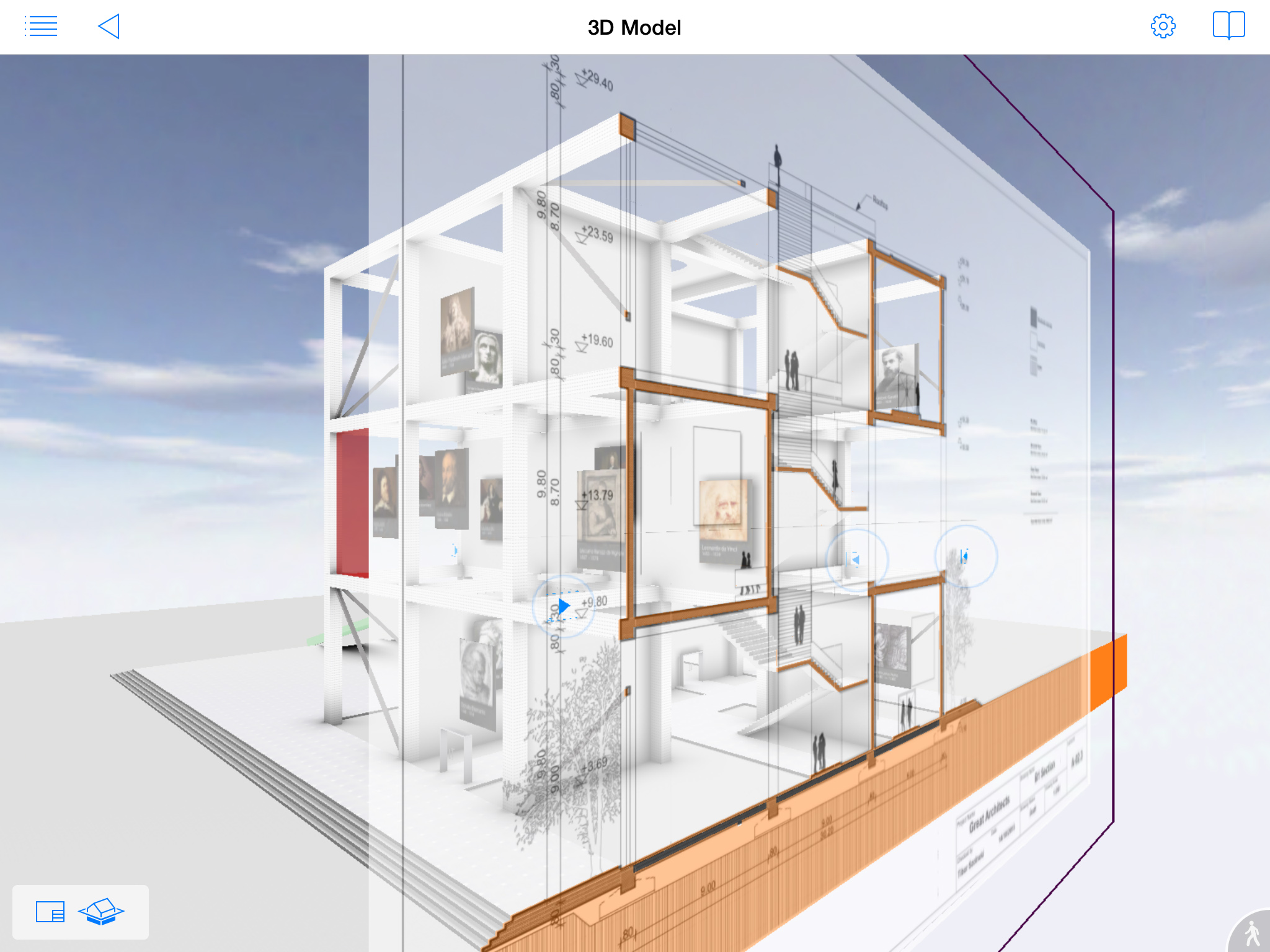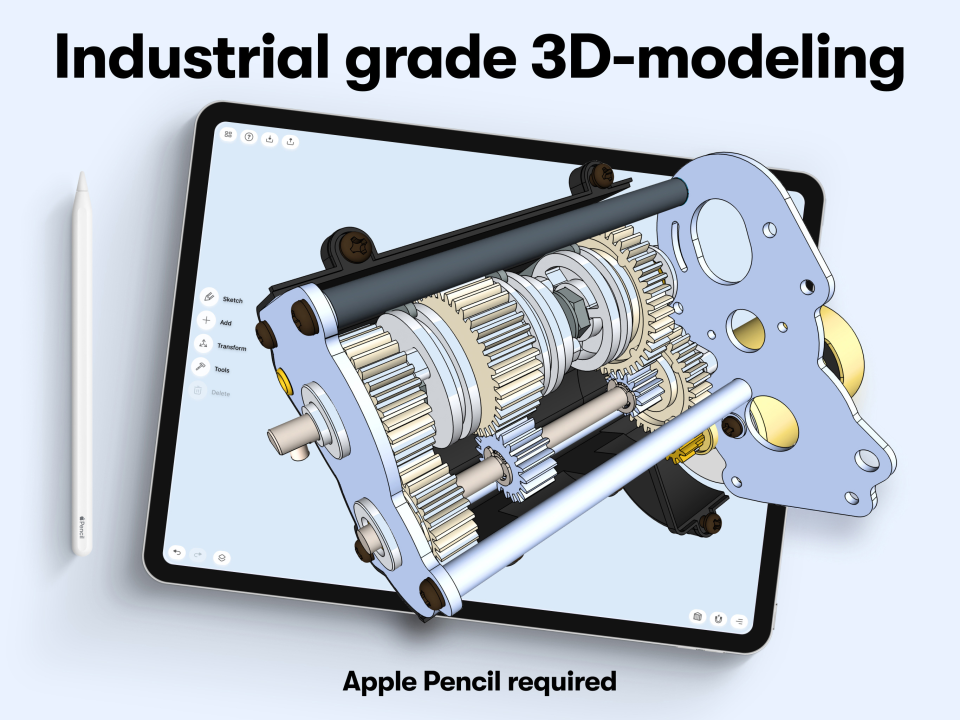

The robustness and performance of the geometric modeling code wasn’t achieving the quality metrics that Shapr3D needed to scale for the best user experience across a high-volume market. Within one year, Shapr3D’s development cycle hit a bottleneck. Adopting lean start-up principles (build, measure, learn, repeat), Shapr3D initially developed a minimum viable product (MVP) that used an open-source 3D modeling kernel which they had ported to run natively on iOS. Shapr3D sought to license a reliable 3D modeling engine that would run natively on iOS, Apple Inc.’s mobile operating system, while they focused on pioneering an intuitive design interface to take full advantage of the iPad Pro. To bring products quickly to market, technologies are licensed so developers can focus on their core expertise and innovation strategy. This platform offers the required performance for 3D modeling and benefits from a touch stylus that delivers the precise user-interaction needed for professional-grade design.īuilding new CAD applications is a serious undertaking. Now running on numerous iPad models, Shapr3D built their initial application on the iPad Pro. The user interface is easy to master, enabling any user to quickly integrate Shapr3D into their workflow. Now designers and engineers can work anywhere at any time while also benefitting from the intuitive touch screen interface that mobile computing offers. Shapr3D is a Hungary-based startup that’s delivering 3D CAD for the mobile platform. The next generation of CAD on mobile devices


With the processing power of the latest Apple® iPad Pro® now rivaling MacBook Pro® laptops, it’s no surprise that Adobe® is bringing Photoshop® software to the iPad®. Modern tablets offer much better performance. But it’s only recently that such devices have introduced the user interface and performance that are needed for 3D content creation, which explains the limited innovation in mobile 3D CAD. Mobile devices have long excelled at consuming content, and a wide selection of media and entertainment applications have flourished. Today, applications continue to deliver incremental enhancements, but what will be the next breakthrough? Despite innovation in mobile computing, most 3D CAD software trails other applications that take full advantage of this megatrend. At the same time, new applications have emerged to leverage transformational technologies like additive manufacturing and the cloud. Recent milestones include advances in modeling, such as direct editing independent of a design history, and the convergence of modeling with boundary representation (B-rep) solids and facet data in a common environment. Continuous innovation has created impressive design capabilities across hundreds of applications. Computer-aided design (CAD) has evolved significantly since 3D modeling technology was introduced in the 1970s.


 0 kommentar(er)
0 kommentar(er)
